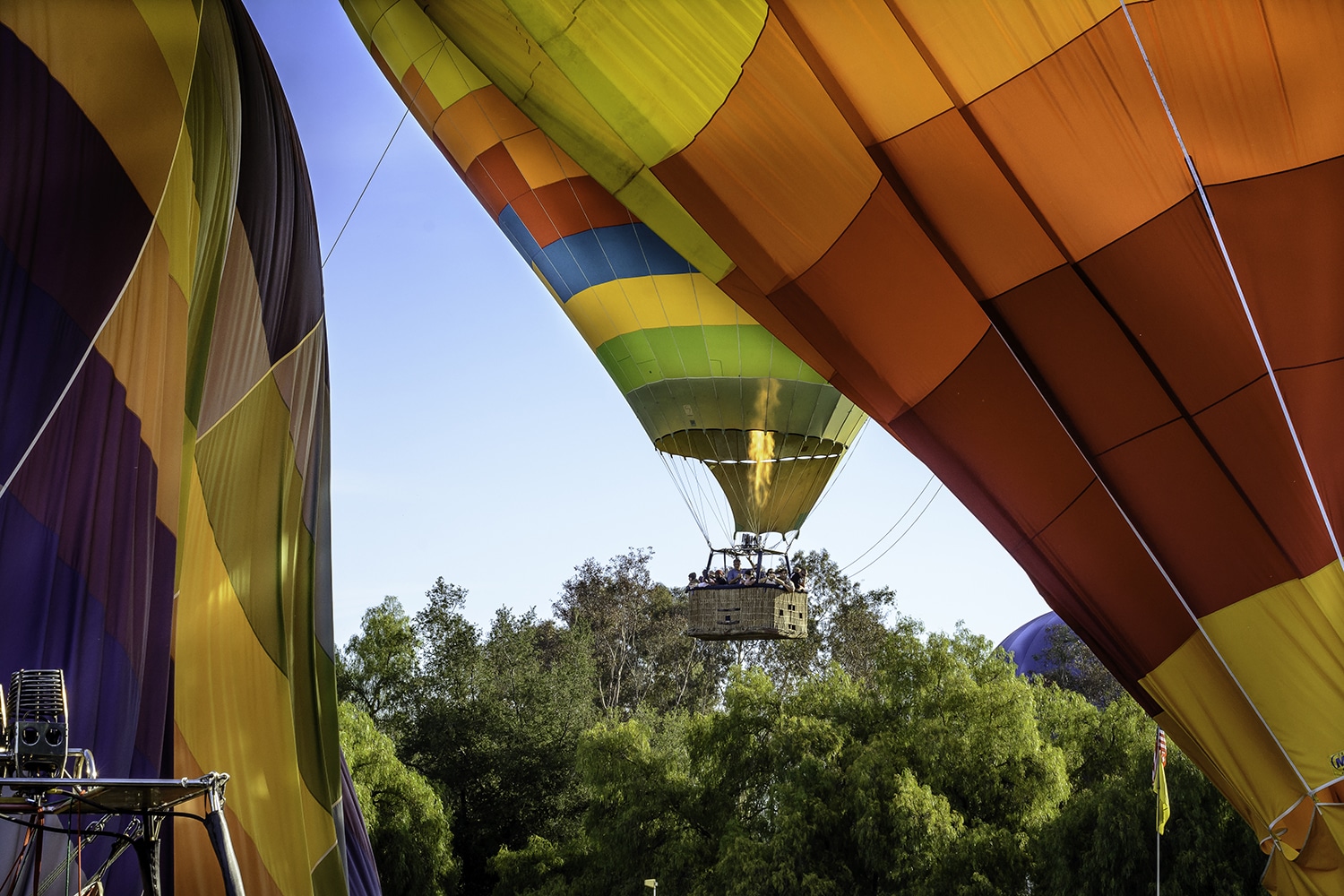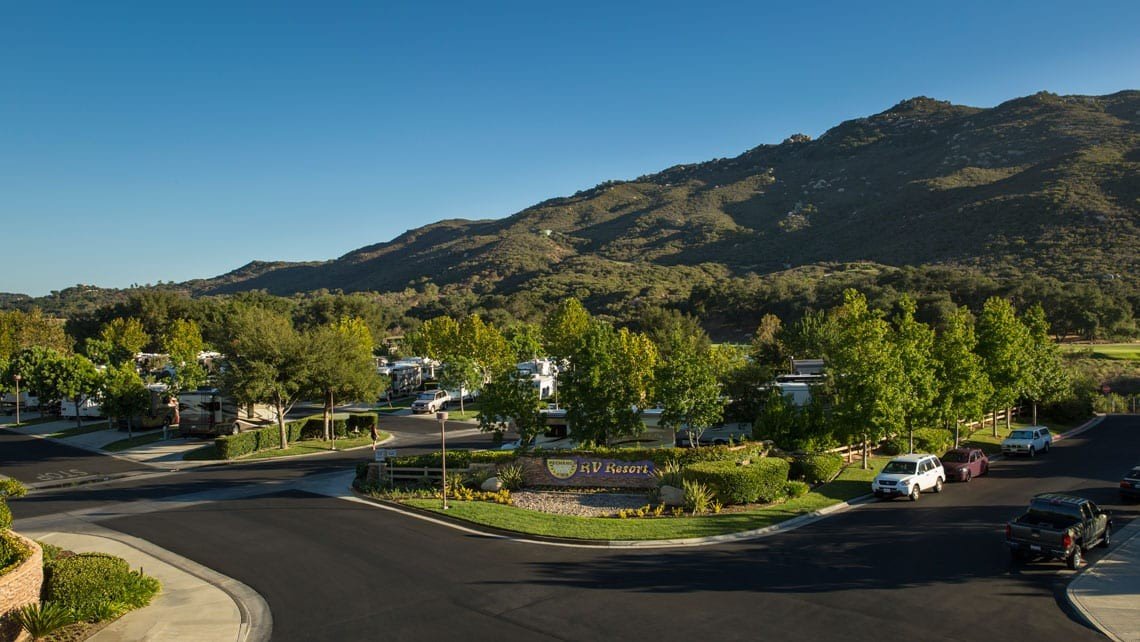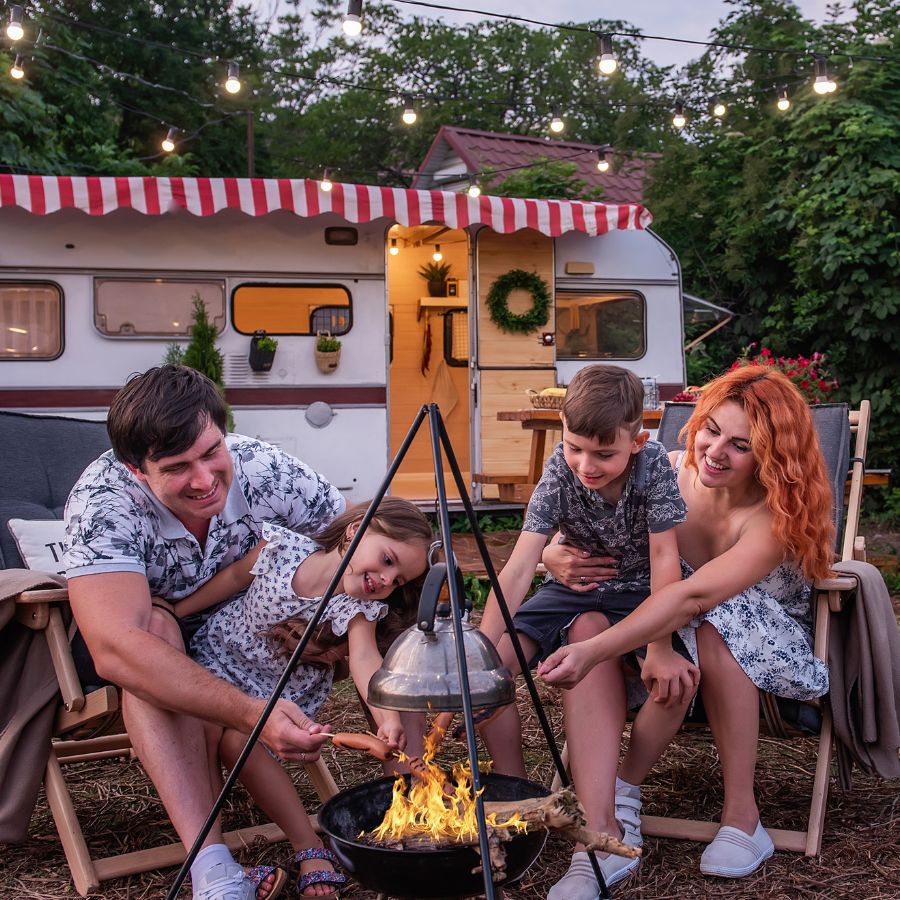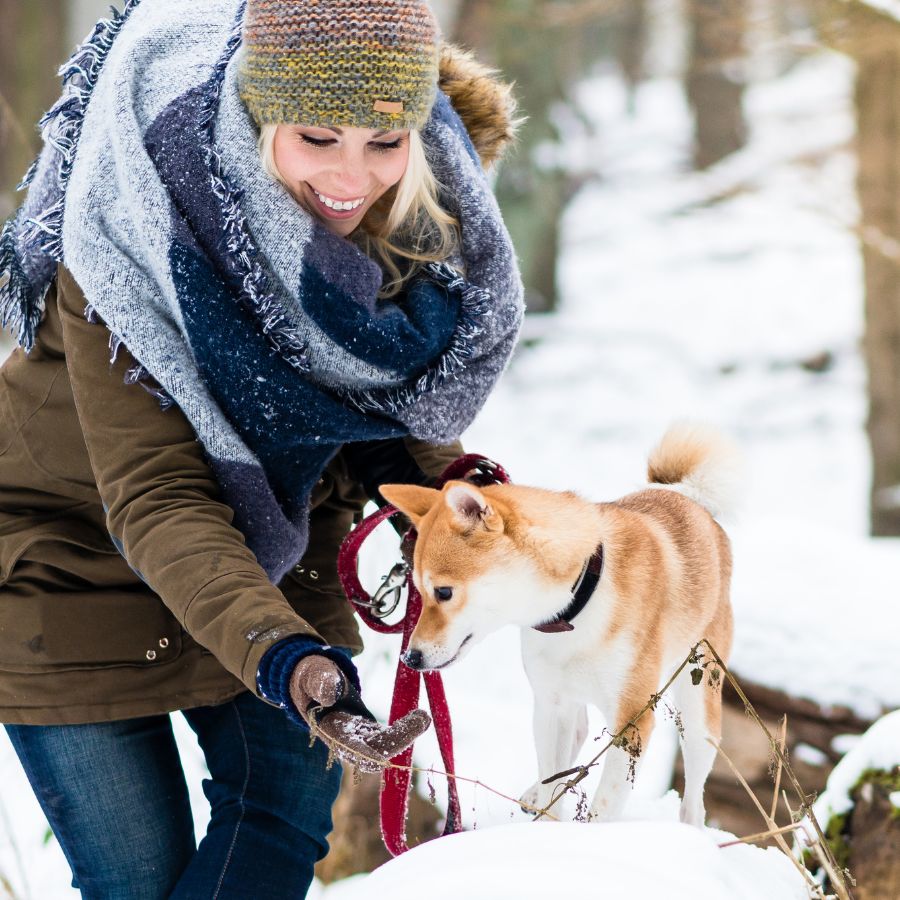2 minutes reading time (455 words)
RV (Recreational Vehicle) tires are a critical component of RV safety and performance. Since RVs vary greatly in size, weight, and design, choosing the right tires is essential for ensuring a safe and comfortable journey. Here's an overview of RV tires, including types, important considerations, and maintenance tips:
Types of RV Tires:Radial Tires:Design: Layers (plies) run radially across the tire.Benefits: Better tread life, improved fuel efficiency, and a smoother ride on highways.Common Use: Most modern RVs, especially for long-distance travel.Bias Ply Tires:Design: Plies are layered diagonally across the tire.Benefits: Stronger sidewalls, better for heavy loads, and more resistant to sidewall punctures.Common Use: Older RV models, off-road or rough terrain usage.Key Considerations:Size and Load Rating:Ensure the tire size and load rating match your RV's requirements. Overloaded tires can lead to blowouts.Speed Rating:Check the speed rating to ensure the tires can safely handle your typical driving speed.Type of RV:Motorhomes, travel trailers, and fifth wheels have different tire needs. Motorhomes generally require heavier-duty tires.Climate and Terrain:Consider all-weather tires for a variety of conditions, or specialized tires if you frequently travel in extreme weather or rough terrain.Tire Age:RV tires should be replaced every 5-7 years, regardless of tread depth, due to degradation of rubber over time.Maintenance Tips:Regular Inspections:Regularly check for signs of wear, damage, or aging, such as cracks, bulges, or tread wear.Proper Inflation:Always maintain the recommended tire pressure. Underinflation can cause heat build-up and tire failure, while overinflation can lead to a harsh ride and uneven wear.Tire Covers:Use tire covers when the RV is parked for extended periods to protect tires from UV damage and weathering.Weight Distribution:Ensure your RV's weight is evenly distributed to avoid uneven tire wear.Balancing and Alignment:Have the tires balanced and the RV's wheel alignment checked regularly to prevent irregular wear and vibration.Spare Tire:Carry a spare tire and ensure it is in good condition and properly inflated.Storage:If storing your RV for an extended period, store it in a cool, dry place and consider using tire jacks to take weight off the tires.Replacement:When replacing RV tires, it's crucial to choose tires specifically designed for RV use. Automotive tires might not have the appropriate load capacity or construction for RV applications.Professional Advice:Consult with a tire professional experienced in RV tires for specific recommendations based on your RV type, travel habits, and geographic considerations.Proper tire selection, regular maintenance, and timely replacement are key to ensuring a safe and enjoyable RV experience. Always refer to your RV's manual and tire manufacturer's guidelines for specific advice related to your RV model.
© 2023 WEnRV.com, a division of Outdoorsmen.com, Inc. Contact Us: 1 (888) 838-3396










